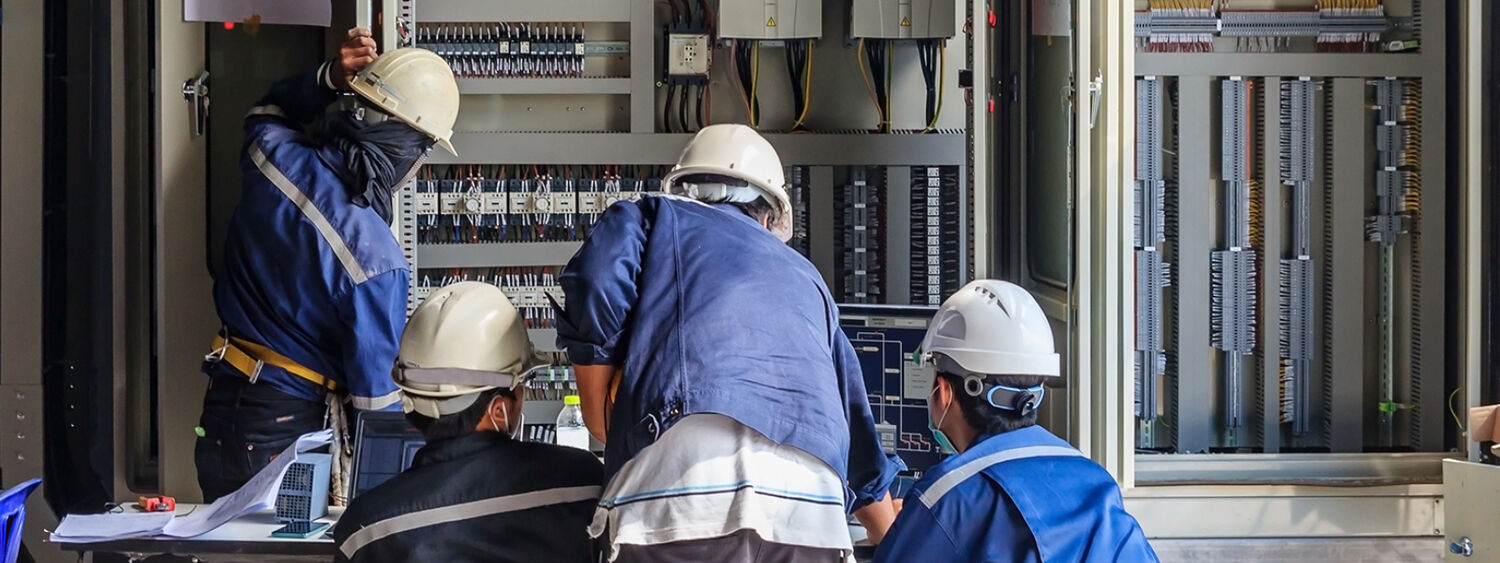
P&I business review: Integrated CADMATIC Electrical, time savings and fewer errors
Jari Pynnönen, Sales Director (EIA) Process & Industry: discusses the importance of open software and how it leads to time savings and fewer errors
Written by Jari Pynnönen
Posted on July 01, 2021
Integrated CADMATIC Electrical, time savings and fewer errors
All goes well in a design process when we start the design of new things from scratch in our own environment. But things get harder when changes are made to the design information and information occurrences in different documents during the project. This applies to both the use of time and quality of work. Implementing errors left in the installation documents form an unnecessary and relatively large expense item with unfortunate side effects. The integrations of the CADMATIC product family provide an efficient remedy for this particular evergreen problem. Open data transfer interfaces also open new possibilities for the sharing of design information and for Data Driven-based design.
Occurrences of IDs and technical data
Electrotechnical design, whether automated or electrical design, refers to the management of several identifiers, technical information as well as connector numbers, for instance. Different documents containing the same information is typical for the industry. We have acknowledged this problem and have developed the database qualities and centralised data management of Electrical so that the different areas of the entire software are covered. For example, if the arrangement drawing, circuit diagram or cabin layout includes a motor control centre identifier, we can update all of the data occurrences by changing the data in one document or data base. This applies to all of the presented identifiers and data. Once we also add the mass editing possibilities and versatile product model qualities enabled by the database, we have largely overcome the problem related to the changes and can genuinely talk about proper data management. So, let’s utilise modern technology and data management.
Sharing data with other disciplines
In electrotechnical design, we must collect data and information and also share these with other design industries. We can transfer the P&ID process diagram from process planning, and device data from the database into Electrical for further design. Devices and cabinets located in Electrical (switchboards, field boxes) can be transferred into 3D Plant Modeller to have the device and cabinet locations and identifiers in the plant model. Once the plant model’s cable routes have been mechanically designed, we can use the database to send the cable information through Electrical to 3D Cable Router, perform automatic or manual routing for the cables and have the actual routing lengths for cables through integration. Naturally, it is also possible to share the project’s documentation and data through eShare, which serves all needs of Information Management and Digital Twin.
Time saving processes and improving quality
It is also useful to think about how we could develop the design processes to utilise external data sources. The adaptable import and export functions make it possible to import the project planning data from an external data source with very short time response. You can also be sure that the data is the same as in the data source. The increasing popularity of Digital Twin operating models and practices as well as the sharing and utilization of information as a result of digitalisation is emphasised. That is why the openness and adaptability of the system is central, in addition to its other features.
By means of Electrical, the integrations of the different design areas and data management, we can be sure that the parties of a project utilise and share the same data. This creates significant cost savings and ensures quality. Integrations and data management take your processes forward and increase your competitiveness. You should make the best use of them!
-Jari Pynnönen, Sales Director (EIA)
